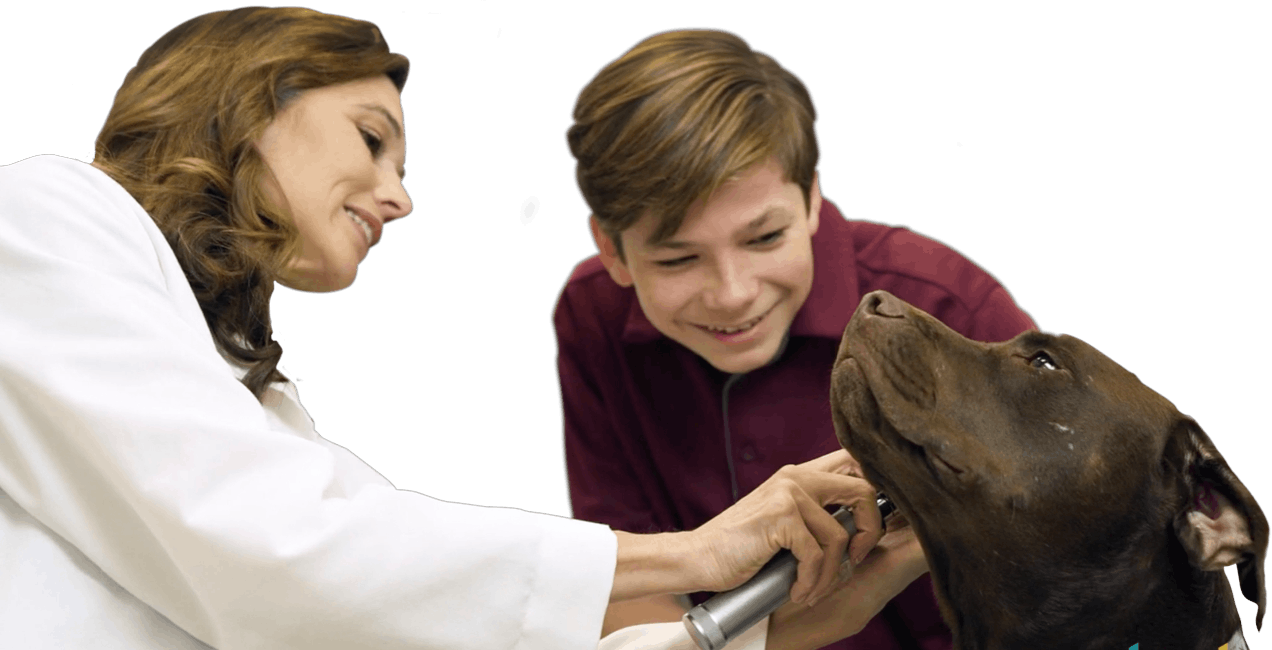WHAT YOU’LL SEE IN THIS VIDEO
In this video you’ll watch Dr. Terry Norton, a veterinarian at the Georgia Sea Turtle Center, replacing a radio transmitter in a Canebrake Rattlesnake. The team first uses a long plastic tube to safely capture the venomous snake. The patient is then moved into the surgical room where the tube now serves a secondary function as a way to “mask” down the snake with a gas anesthetic called Isoflurane.
In this process of anesthetizing the animal, the team seals the back of the tube while allowing Isoflurane to enter the front. This anesthetic safely sedates the snake. Once the snake has reached a safe level of anesthesia, the tube is removed and the veterinarian inserts an “endotracheal tube” into its trachea. This allows the anesthetic gas to go directly into the snake’s lung while allowing the medical team to better monitor the patient.
The veterinary team then begins to prepare the snake for surgery. A heart monitor, called an ultrasonic Doppler, is placed on the skin in the area of the heart and secured with a special bandage called Vetwrap. Once in place, you begin to hear the heart of the snake beating. The veterinary technician then prepares the surgical area. This is necessary to make sure the patient does not get an infection as a result of the surgery.
The technician first scrubs the surgical area to remove bacteria and create a sterile site. The doctor then places sterile drapes over the site and sets up his instrumentation on a nearby table. Both of these items have been sterilized to make them clear of contamination from bacteria and viruses.
The veterinarian measures the length of the snake, both snout to vent and snout to tail. He then divides the snout to vent measurement by 3 and makes then initial incision 1/3 the way up the body from the vent. After the old transmitter is removed, the veterinarian inserts the body of the new transmitter which houses the battery into the coelomic cavity of the snake and the antennae is threaded under the skin (subcutaneously). A sterile copper pipe is used to help thread the antennae. An incision is made at the anterior most end of the copper pipe and it is removed, leaving the antennae in place under the skin.
The skin is sutured using PDS suture material. The needle is threaded half way through each scale bordering the incision. The snake is then weighed and recovers on the surgery table before being put back into the container.
GROSS ALERT: LOW

This video is low on the gross meter. It has a couple of things that could gross you out if you are very sensitive. You will see the transmitter removed from the snake. You will also see the veterinarian suture the snake.
THE SCIENCE OF VETERINARY MEDICINE
The veterinarian must be aware of the unique anatomy and physiology of the snake when performing surgery. Snakes tubular bodies require all of their internal organs to be long and thin. Snakes also lack a diaphragm so they don’t have a thorax and abdomen. Instead, they have one body cavity called a coelom.
Most snakes have only one functioning lung - usually the right. The lung has thicker oxygen exchanging tissue rich in blood vessels in the front part of the snake. As the lung extends to the back of the snake, it becomes an air sac, where there is no gas exchange. The airsac acts as a bellowing system moving air in and out of the lung. The veterinarian has to be careful not to cut into or damage the air sac when doing this surgery.
Snakes are ectothermic or “cold blooded” so they depend on external heat for all their bodily functions. It is important to keep the snake relatively warm so it can metabolize the anesthetic and recover relatively quickly. You can see the veterinary team taking extra precautions to keep the snake warm. Reptiles also have a slower metabolism so they tend to take longer to come out of anesthesia.
FAST FACTS
- The snake’s ribs go all the way down its body.
- A snake’s heart rate is typically 50-60 beats per minute but will drop during anesthesia.
- If the weather is warm and the snake recoveries without complication, the veterinary team will release the snake in the next day or two.
- The snake will go through several sheds over the next couple of months and eventually shed the sutures off.
- The veterinary team is very careful when working with venomous snakes. Someone is always holding the snake’s head and the staff never places their hands or other body parts near the mouth.
- The snakes tongue can dry out during surgery so the veterinary team must keep it moist with saline.















Comments Add Comment
dogsandanimalsrock
i love snakes
Want to add a comment?
In order to comment you need to login or join Vet Set Go